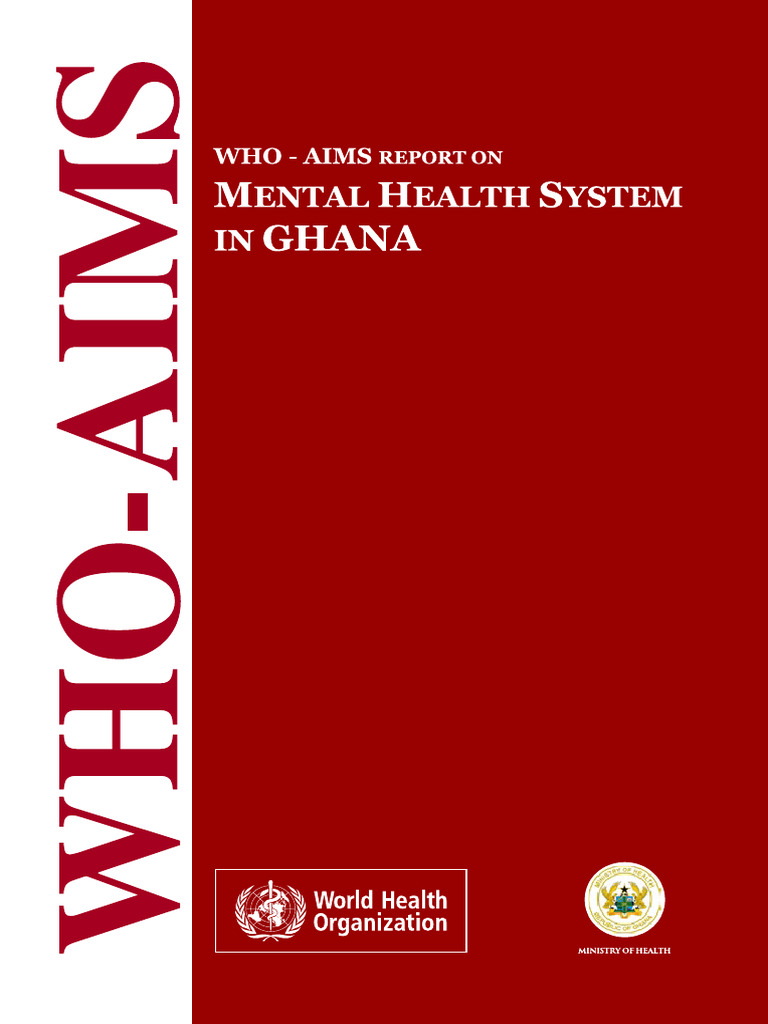A Robust Poll Data System: Preventing Election Errors

Table of Contents
Data Collection Best Practices for a Secure Poll Data System
Effective data collection forms the foundation of a reliable election. A secure and accurate process is vital to prevent errors and ensure the integrity of the poll data system. This involves several key areas:
Secure and Verified Voter Registration
Preventing voter fraud and ensuring each individual votes only once is paramount. This requires:
- Biometric Verification: Implementing biometric authentication, such as fingerprint or iris scanning, adds a significant layer of security to voter registration. This technology minimizes the potential for duplicate registrations and impersonation.
- Secure Database System: The voter registration database must be housed in a secure, encrypted system with strict access controls. Only authorized personnel should have access to sensitive voter information. Regular security audits are crucial.
- Regular Database Audits: Consistent auditing of the voter registration database helps identify and correct inaccuracies, ensuring data quality and preventing potential issues arising from outdated or incorrect information. This proactive approach is vital for maintaining data integrity within the poll data system.
Accurate and Transparent Ballot Design and Printing
Clear and unambiguous ballots minimize voter confusion and errors. This necessitates:
- Clear Ballot Language: Using simple, straightforward language on ballots prevents voter misinterpretation and ensures that voters understand their choices. Pilot testing ballot designs before printing is recommended.
- Rigorous Quality Control: Implementing strict quality control during ballot printing is essential. This includes verifying the accuracy of the ballot design, printing quality, and proper sequencing of ballots.
- Unique Ballot Identifiers: Assigning unique identifiers to each ballot allows for tracking and verification throughout the entire electoral process, providing an auditable trail within the poll data system.
Reliable and Secure Polling Place Management
Effective polling place management is crucial for smooth and secure elections. This involves:
- Poll Worker Training: Thorough training for poll workers on proper procedures for handling ballots, voter registration, and addressing voter inquiries is essential to minimizing errors and ensuring consistency across polling places.
- Secure Ballot Handling: Secure ballot boxes and transportation methods are vital to prevent tampering and loss. Chain-of-custody procedures must be meticulously followed.
- Real-Time Monitoring: Real-time monitoring of polling place activity allows for immediate responses to any problems, such as equipment malfunctions or suspected irregularities. This proactive approach helps maintain the integrity of the poll data system.
Data Processing and Validation in a Robust Poll Data System
Accurate data processing and validation are critical for ensuring the reliability of election results. This stage requires sophisticated techniques and robust systems.
Automated Data Entry and Validation
Automating data entry significantly reduces the risk of human error. This involves:
- Optical Scan Technology: Utilizing optical scan technology for ballot counting automates data entry, reducing manual processing and the associated potential for errors.
- Data Validation Rules: Implementing data validation rules helps identify and flag inconsistencies or errors during data entry, ensuring the accuracy of the information captured within the poll data system.
- Regular Data Backups: Regular data backups are crucial for preventing data loss due to technical failures or other unforeseen events.
Statistical Analysis and Anomaly Detection
Statistical analysis plays a critical role in identifying potential irregularities. This includes:
- Anomaly Detection Algorithms: Employing statistical analysis techniques and anomaly detection algorithms can pinpoint unusual patterns or outliers in the poll data that may indicate fraud or error.
- Clear Thresholds: Establishing clear thresholds for triggering further investigation of potential irregularities ensures that inconsistencies are addressed promptly.
- Data Visualization: Using data visualization tools enables easier identification of trends and patterns in the poll data, aiding in the detection of potential anomalies within the poll data system.
Auditable Trail and Transparency
Maintaining a clear audit trail is crucial for accountability and transparency. This means:
- Detailed Audit Trail: A detailed and comprehensive audit trail of all poll data processing activities should be maintained, providing transparency and accountability.
- Public Updates: Regular updates and transparency to the public regarding the data processing and validation process build trust and confidence in the electoral process and the poll data system.
- Independent Audits: Allowing independent audits of the poll data system by reputable organizations further ensures its integrity and builds public trust.
Data Reporting and Dissemination for a Robust Poll Data System
The final stage involves the accurate and timely reporting of results.
Secure and Timely Reporting Mechanisms
Efficient and secure reporting mechanisms are critical for disseminating poll results. This includes:
- Secure Reporting System: A secure and efficient system for reporting poll results to relevant authorities ensures data integrity and minimizes the risk of manipulation.
- Timely Dissemination: Ensuring the timely dissemination of accurate poll data to the public is crucial for maintaining public trust.
- Multiple Reporting Channels: Utilizing multiple reporting channels (e.g., online platforms, traditional media) enhances reach and access to information.
Data Visualization and Presentation
Clear data presentation enhances public understanding. This involves:
- Accessible Visualizations: Presenting poll data in a clear and accessible manner using charts, graphs, and other visualization tools makes complex information easily understandable.
- Contextual Interpretation: Providing context and interpretation of the poll data is important to avoid misrepresentation and ensure the public understands the significance of the results.
- Data Accessibility: Making the data easily downloadable and accessible for analysis by independent researchers fosters transparency and promotes further scrutiny.
Addressing Public Concerns and Misinformation
Proactive communication is crucial for managing public perception. This includes:
- Communication Strategy: Establishing a clear communication strategy for addressing public concerns and correcting misinformation is essential for maintaining public trust.
- Prompt Responses: Providing timely responses to inquiries regarding the poll data and the electoral process helps alleviate concerns and address misconceptions.
- Partnership with Fact-Checkers: Partnering with fact-checkers and other organizations to combat the spread of misinformation helps ensure that the public receives accurate information.
Conclusion
Implementing a robust poll data system is essential for ensuring the accuracy, fairness, and integrity of elections. By incorporating best practices in data collection, processing, validation, and reporting, election authorities can significantly reduce the risk of errors and maintain public trust. Investing in a secure and transparent poll data system is an investment in the future of democracy. Building a reliable poll data system requires careful planning and implementation of the strategies discussed above. Don't wait for election issues; prioritize a robust poll data system today to secure the integrity of your future elections.

Featured Posts
-
 Rupert Lowe Credible Evidence Of A Toxic Work Environment
May 02, 2025
Rupert Lowe Credible Evidence Of A Toxic Work Environment
May 02, 2025 -
 Loyle Carners New Album Everything We Know So Far
May 02, 2025
Loyle Carners New Album Everything We Know So Far
May 02, 2025 -
 The Stark Reality Ghanas Mental Health Crisis And The Lack Of Psychiatrists
May 02, 2025
The Stark Reality Ghanas Mental Health Crisis And The Lack Of Psychiatrists
May 02, 2025 -
 Christina Aguileras Altered Image A Look At The Photoshop Controversy
May 02, 2025
Christina Aguileras Altered Image A Look At The Photoshop Controversy
May 02, 2025 -
 Syracuse Lacrosse Hazing 11 Players Turn Themselves In
May 02, 2025
Syracuse Lacrosse Hazing 11 Players Turn Themselves In
May 02, 2025
